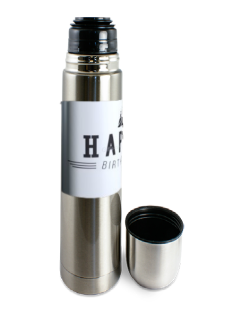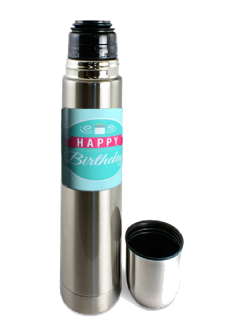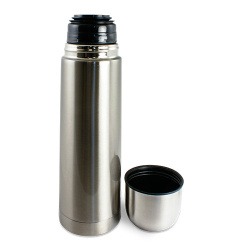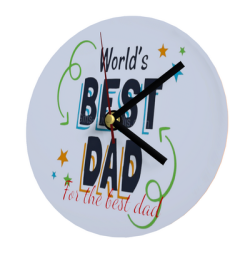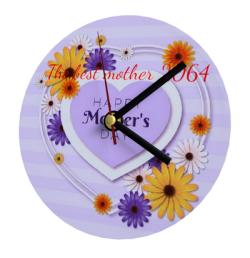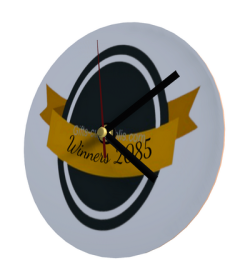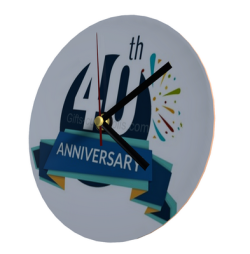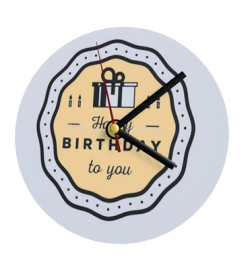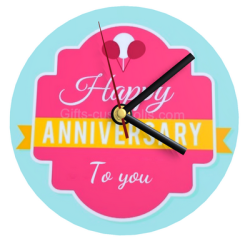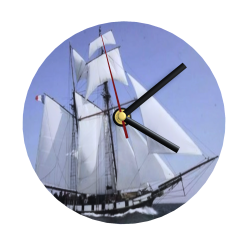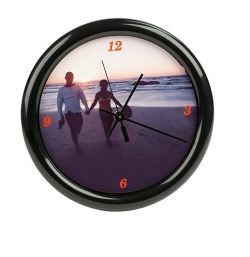Insulated bottle with...
Insulated bottle History "The first known bottles made of glass were created by the Egyptians around 1500 BC. The bottles were formed by placing molten glass around a core of sand and clay. The core was then hollowed out once the glass had cooled. Making the bottles was a long and complicated process, so they were considered a luxury item in ancient Egypt. Around 200 BC, glass bottles were made in China and Persia, as well as in Egypt, using a method of blowing molten glass into a mould. The Romans later adopted the same method and the technique spread throughout Europe in the 1400s and 1500s. In France 1888, the Arsonval vase An important step was taken by the physicist Arsène d'Arsonval (1851-1940), one of the greatest French scientists. He invented a revolutionary container, the d'Arsonval vase. In 1888 he introduced the first double-walled glass bottle with an internal vacuum. Although we generally use the isothermal bottle to keep our drinks hot, it was originally designed to store liquid air at very low temperatures for several days. His colleague, the physicist Violle, improved it by coating the inner surface with a thin metal layer to reduce radiation losses. Thus was born the very first isothermal bottle in France. With a height of 40 cm and a diameter of 20 cm, this hemispherical vase is made up of a highly insulating silver double wall with an internal vacuum. An isothermal bottle to personalize has become essential! You will discover that at Gifts-custopolis.com of course. Original gift, customizable gift idea, unusual birthday gift, birthday gift ideas, birthday gifts






































